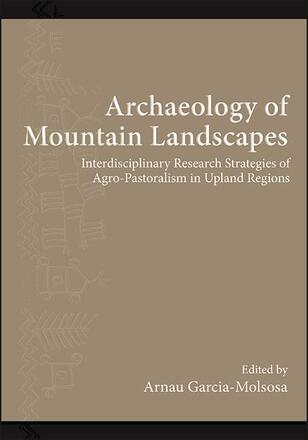
Archaeology of Mountain Landscapes
Interdisciplinary Research Strategies of Agro-Pastoralism in Upland Regions
Alternative formats available from:
Explores mountain regions as cultural landscapes that have been shaped by long-term human-environment interactions.
Description
Mountains contain a rich and diverse set of remnants left by human societies. They have been inhabited since prehistory and have been transformed by human activity during prehistorical and historical times, and that history defines mountain landscapes as we know them today. Archaeology of Mountain Landscapes contains twenty contributions by forty-one specialists currently researching mountain areas in the Americas, Asia, and Europe. The different case studies address the subject diachronically, ranging from prehistory to modern times, and employ a variety of methodological strategies, including archaeological surveys and excavation, paleoenvironmental studies, and historical and ethnographical research.
This volume demonstrates how multidisciplinary archaeological fieldwork is radically changing our vision of mountain landscapes. Viewing mountain landscapes as archaeological documents contributes to our understanding of the history of mountain environments and offers new archaeological datasets to use in the interpretation of human societies. Taken together, the essays collected here offer a comprehensive view of current research and suggest new directions for future study.
Arnau Garcia-Molsosa is a Researcher at the Catalan Institute of Classical Archaeology in Spain.